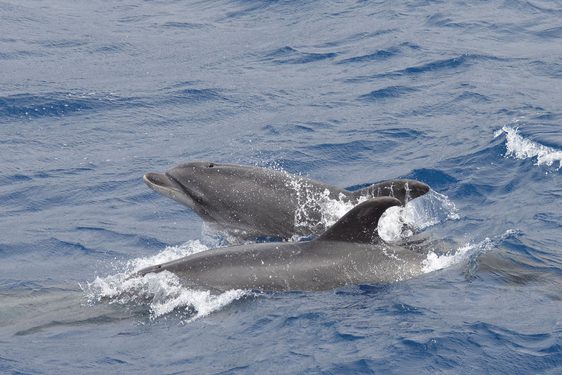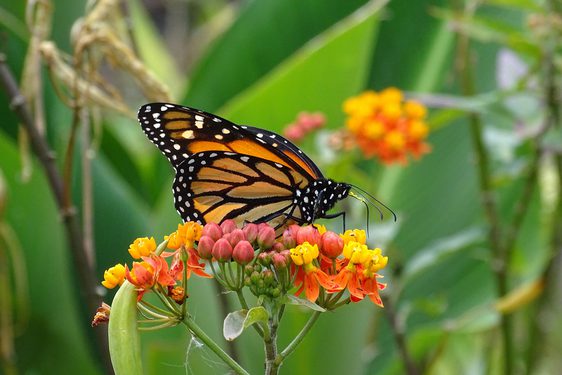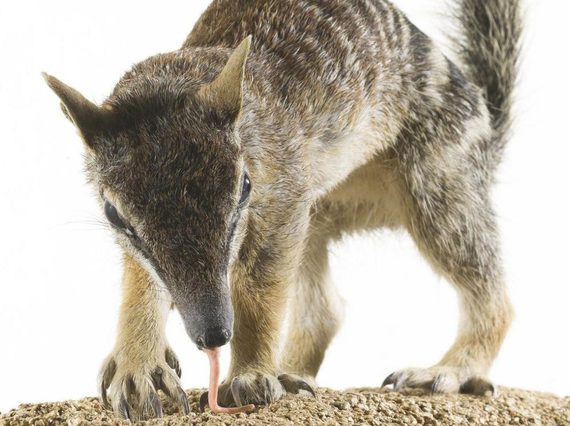
Where do taxidermy animals come from?
News Story
If you’ve ever visited the Natural World galleries at the National Museum of Scotland, you will be no stranger to animal taxidermy. From echidnas to elephants, voles to vampire bats, it’s quite the spectacle. But have you ever wondered where these birds and animals come from?
We trace the journey of some of our rarest specimens in the Museum, starting with a trip to the other side of the world.
Going down under
Over 80% of the mammals found in Australia are unique to the continent. We can source many animal specimens through natural deaths in zoos, wildlife parks, and aquaria across Europe. But the best way to acquire Australian specimens is to take a trip down under.
Dr Andrew Kitchener, Principal Curator of Vertebrates, and taxidermists Phil Howard and Jack Fishwick jetted off to gather specimens for the galleries at the National Museum of Scotland in Edinburgh.
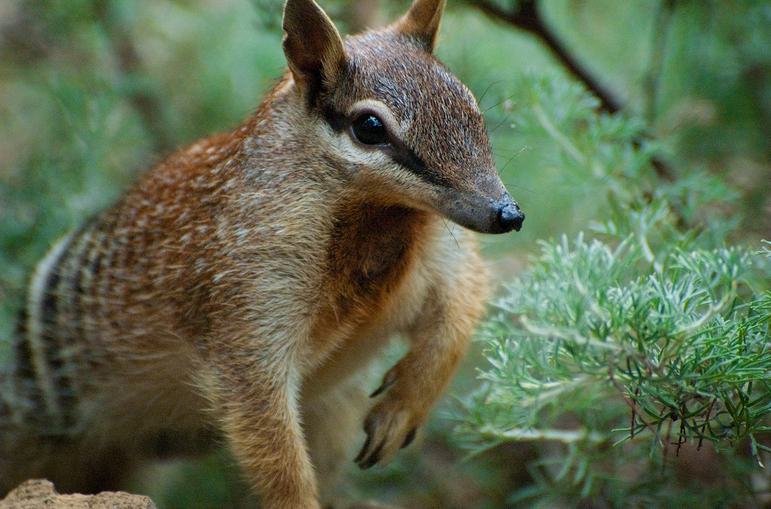
Numbat at Perth Zoo. Museum reference Z.2024.55.2
A number of numbats
Dr Kitchener’s main target was a numbat. A striped marsupial anteater with a pointed snout and long bushy tail, a numbat had not been on display in the Museum for many years. An emblem of Western Australia, the numbat was once widespread in the south of Australia. However, it is now an endangered species found in the wild only in eucalyptus woodland in Western Australia.
Luckily, a rummage in the freezer at Perth Zoo unearthed two of these rare animals. The next step was to see a numbat in the wild. Sadly, Dr. Kitchener didn't spot the animal during a trip to the Dryandra Forest. He was able to see the numbat’s habitat though, and he collected dried vegetation for a display back in Scotland.
While he didn't manage to see a numbat in the wild, Dr. Kitchener did meet one of the zoo’s resident numbats. He photographed the animal as a reference for the taxidermists.
Dr Kitchener was also offered a few extras, including a mallee fowl and a blue-tongued skink. “This was fortunate,” he explains, “because I had received frantic emails from Phil and Jack about freezers breaking down and specimens being too rotten to use for taxidermy. This is a constant worry, a concern we get over by collecting several specimens and choosing the best one.”
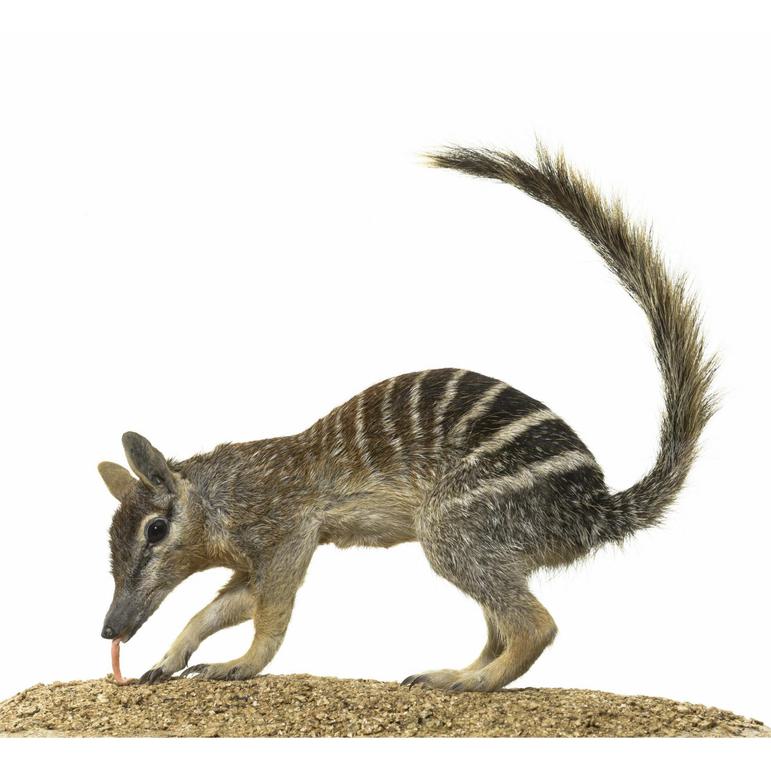
Numbat on display in Animal World, National Museum of Scotland. Museum reference Z.2024.55.2.
Rare specimens
Armed with his trusty cool box, Dr Kitchener flew to Adelaide to hunt through the freezers of the South Australian Museum and Adelaide Zoo. This revealed another six specimens including a very rare bilby, or rabbit-eared bandicoot.
The trio eventually returned to Scotland with three cool boxes full of Australian animals. Their haul included platypuses, antechinuses (marsupial “mice”), a tawny frogmouth (an owl-like bird), frilled lizards, and the first new koala to be displayed to visitors since 1871.
“I was expecting to bring back thirty or so specimens, but through the kindness of our colleagues in other museums, we managed about 130,” says Dr Kitchener.
Next time you visit and marvel at the animals on display, think about their journey to the museum. It may well have involved a curator rummaging through freezers and catching flights with full cool boxes in tow.
The numbat exhibit features in the Natural World galleries at the National Museum of Scotland. Other animals from Down Under feature including kangaroos, wallabies, echidnas, and koalas.
